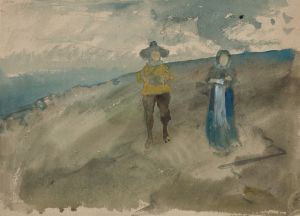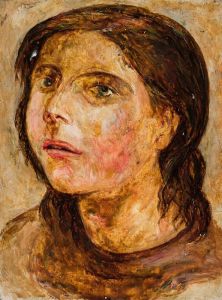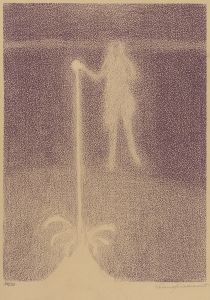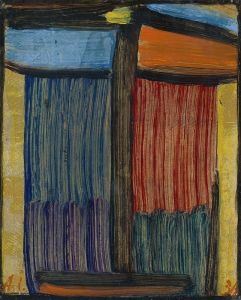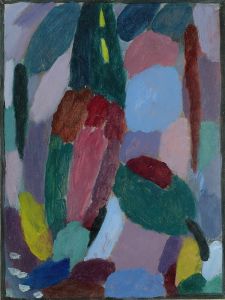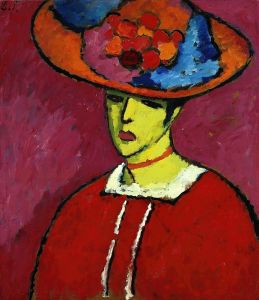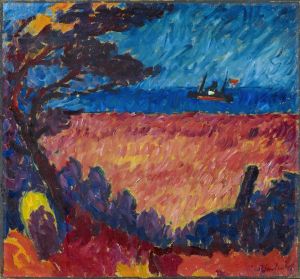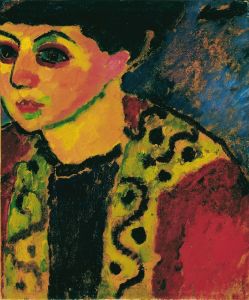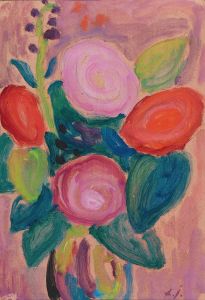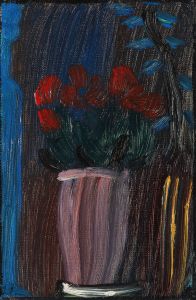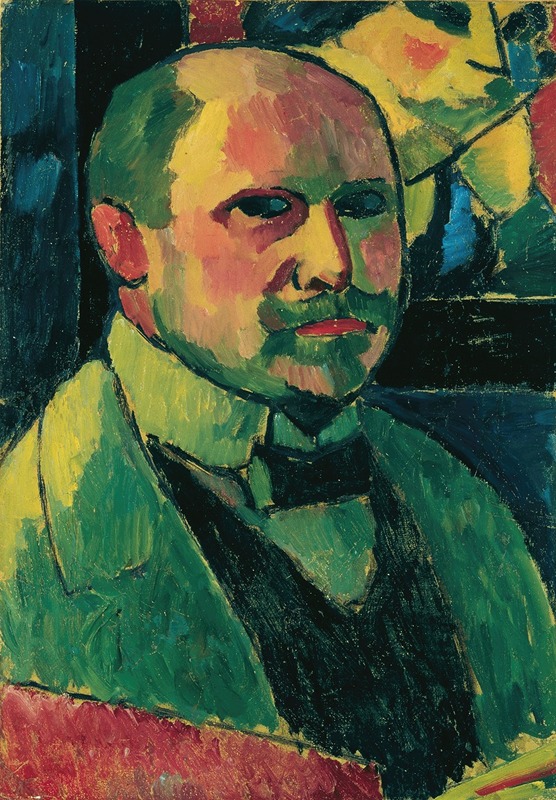
Selbstbildnis
A hand-painted replica of Alexej von Jawlensky’s masterpiece Selbstbildnis, meticulously crafted by professional artists to capture the true essence of the original. Each piece is created with museum-quality canvas and rare mineral pigments, carefully painted by experienced artists with delicate brushstrokes and rich, layered colors to perfectly recreate the texture of the original artwork. Unlike machine-printed reproductions, this hand-painted version brings the painting to life, infused with the artist’s emotions and skill in every stroke. Whether for personal collection or home decoration, it instantly elevates the artistic atmosphere of any space.
Alexej von Jawlensky was a Russian expressionist painter, known for his vivid use of color and bold brushwork. One of his notable works is "Selbstbildnis," which translates to "Self-Portrait" in English. This painting is a significant example of Jawlensky's exploration of self-representation and his contribution to the expressionist movement.
Jawlensky was born in 1864 in Torzhok, Russia, and later moved to Germany, where he became associated with the avant-garde art scene. He was a member of the Munich-based group Der Blaue Reiter, alongside artists like Wassily Kandinsky and Franz Marc. This group was instrumental in the development of expressionism, emphasizing the emotional and spiritual aspects of art.
"Selbstbildnis" is one of several self-portraits Jawlensky created throughout his career. These works are characterized by their intense colors and abstract forms, reflecting his interest in conveying inner emotions rather than realistic depictions. In "Selbstbildnis," Jawlensky employs a vibrant palette, using bold strokes to define the contours of his face. The painting is not just a representation of his physical appearance but an exploration of his inner self, a common theme in expressionist art.
Jawlensky's self-portraits often feature a simplified, almost mask-like depiction of the face, which can be seen in "Selbstbildnis." This approach aligns with his belief that art should transcend the visible world and express deeper spiritual truths. The use of color in the painting is particularly noteworthy; Jawlensky believed that colors had spiritual significance and could evoke specific emotions. In "Selbstbildnis," the interplay of colors creates a dynamic and emotive composition, inviting viewers to engage with the artist's inner world.
Throughout his career, Jawlensky was influenced by various artistic movements and figures. His early work shows the impact of Impressionism and Post-Impressionism, but he gradually moved towards a more abstract and expressionist style. The influence of Russian icon painting is also evident in his work, particularly in the use of bold outlines and vibrant colors.
"Selbstbildnis" reflects Jawlensky's mature style, where he combines elements of abstraction with expressionist techniques. This painting, like many of his self-portraits, serves as a testament to his ongoing quest to capture the essence of the human spirit through art. Jawlensky's work has been exhibited in numerous galleries and museums worldwide, and he remains an influential figure in the history of modern art.
In summary, "Selbstbildnis" by Alexej von Jawlensky is a compelling example of expressionist art, showcasing the artist's unique approach to self-portraiture. Through his use of color and form, Jawlensky invites viewers to explore the emotional and spiritual dimensions of his work, making "Selbstbildnis" a significant contribution to the expressionist movement.





